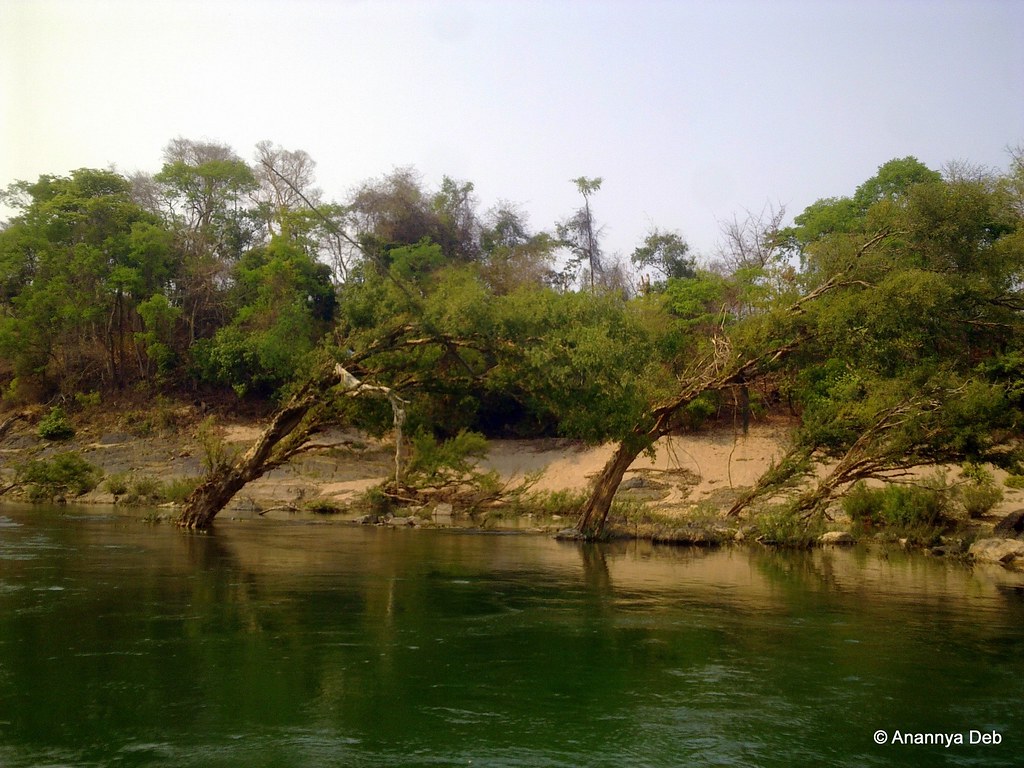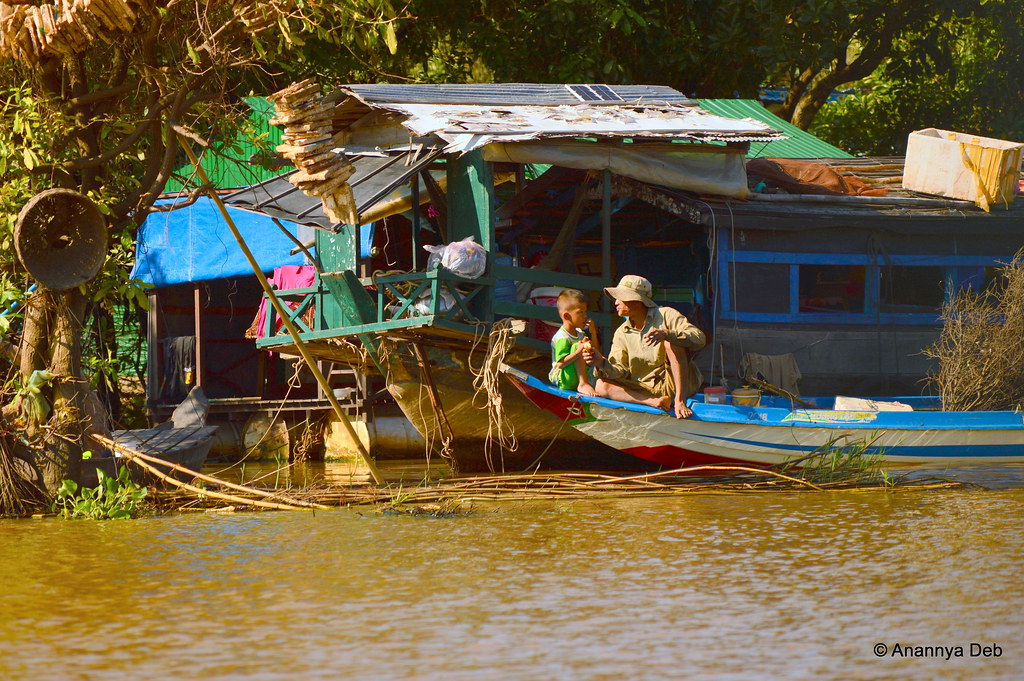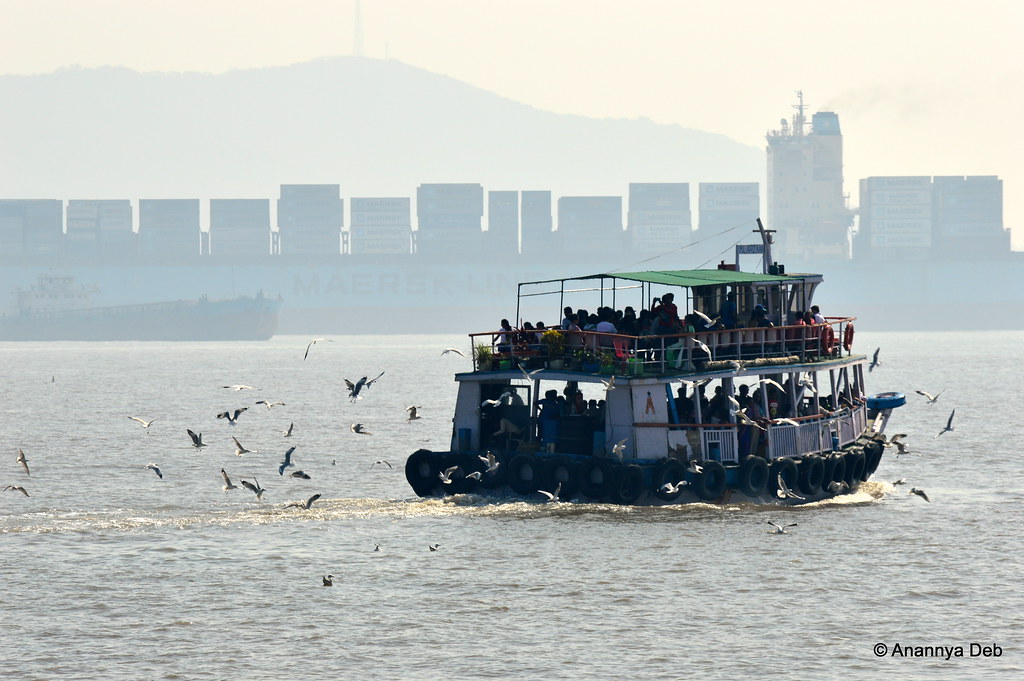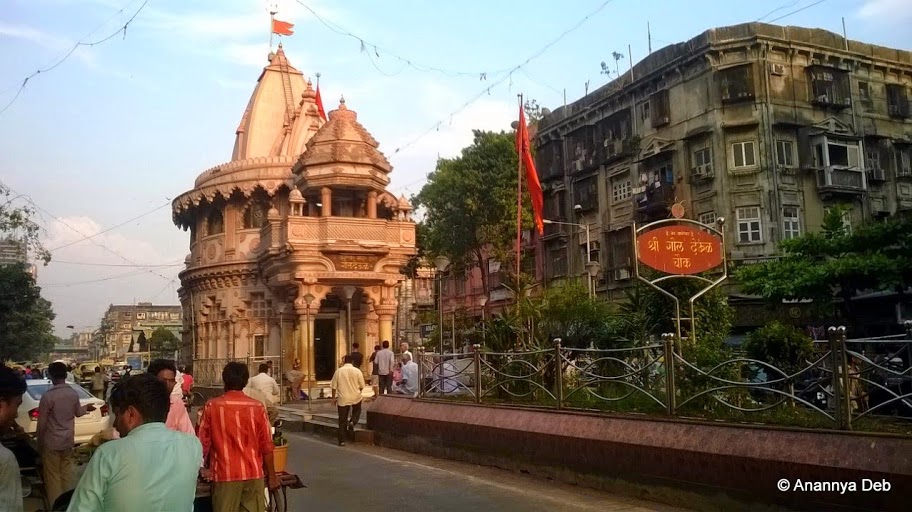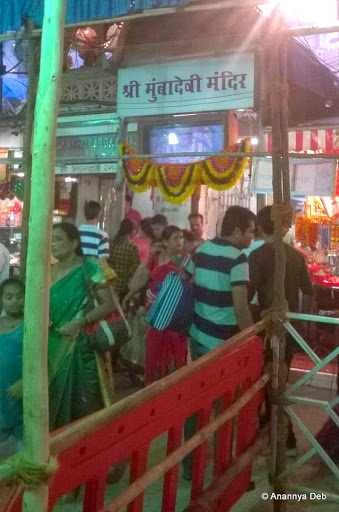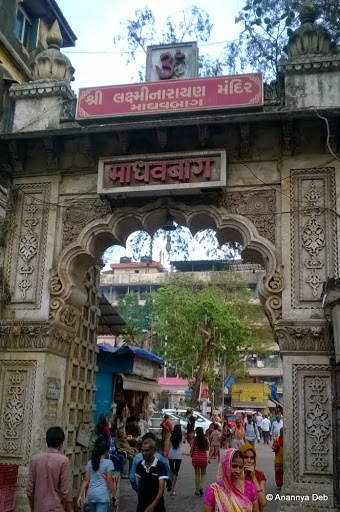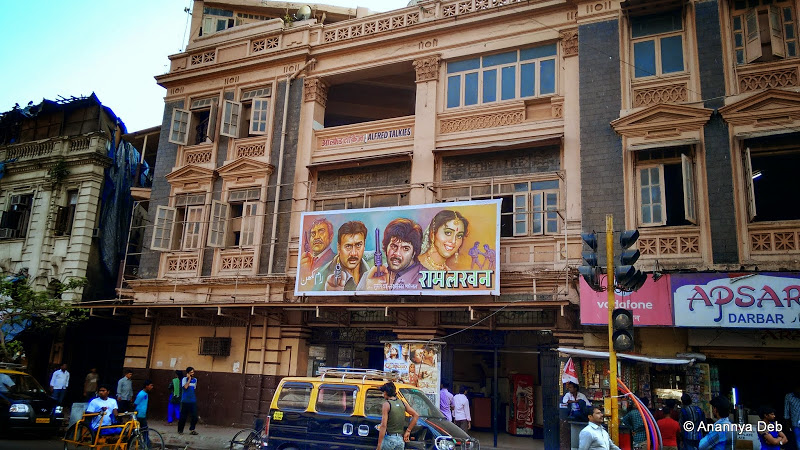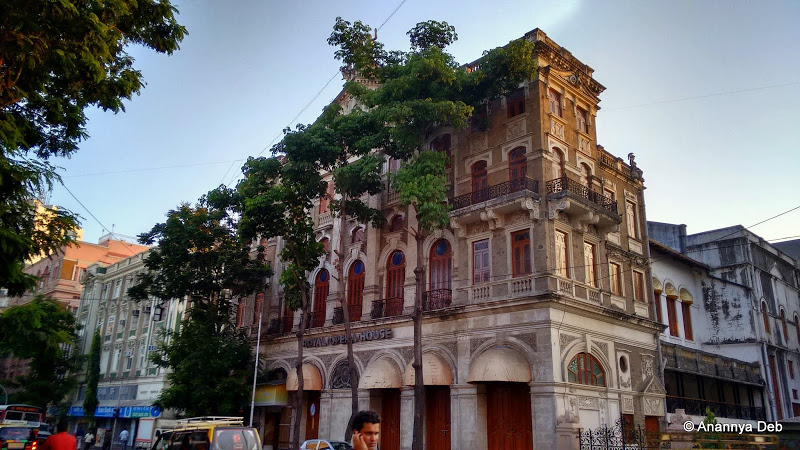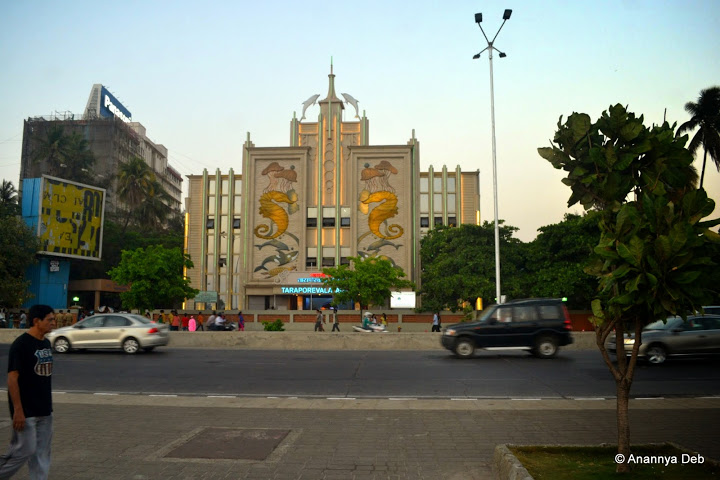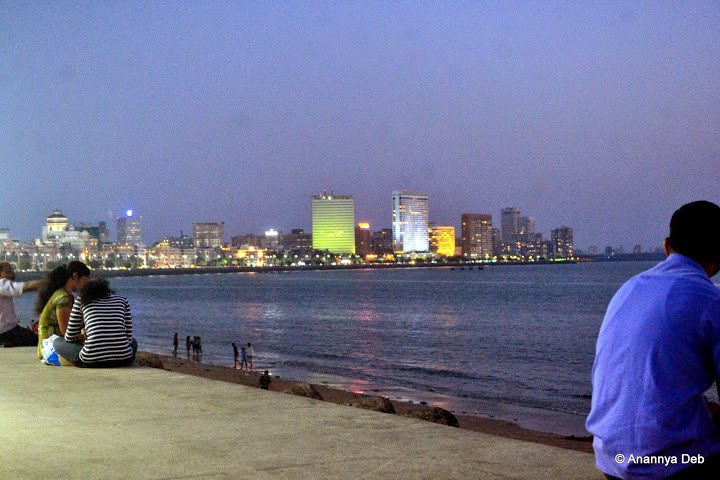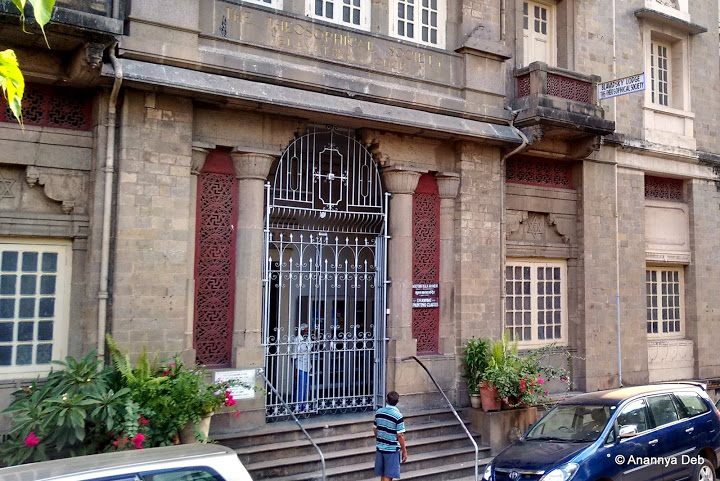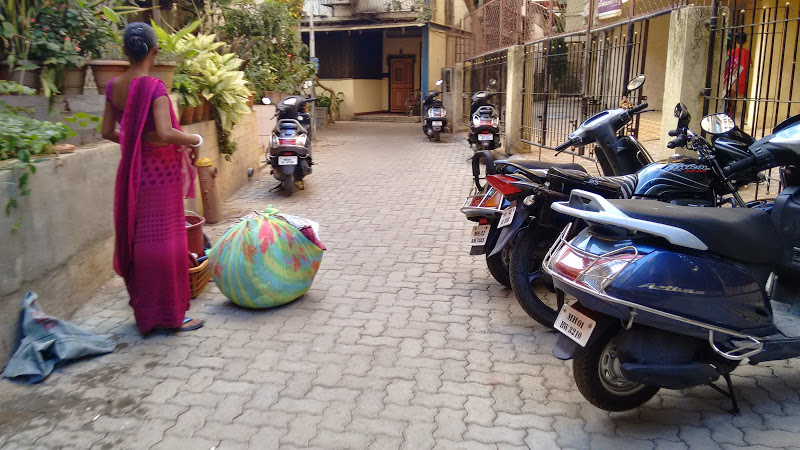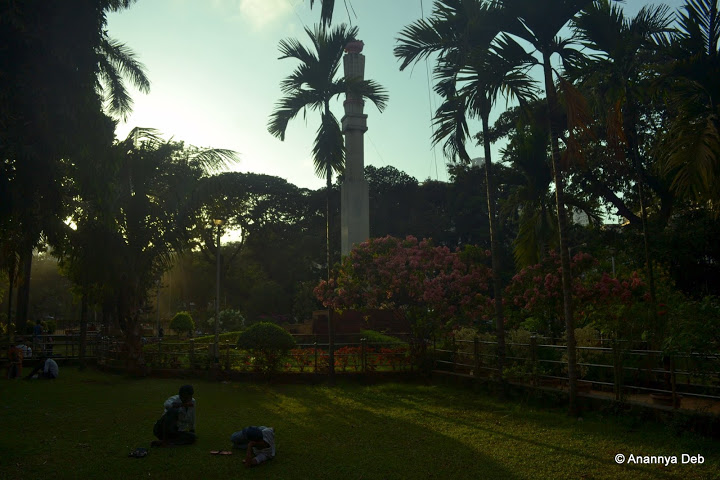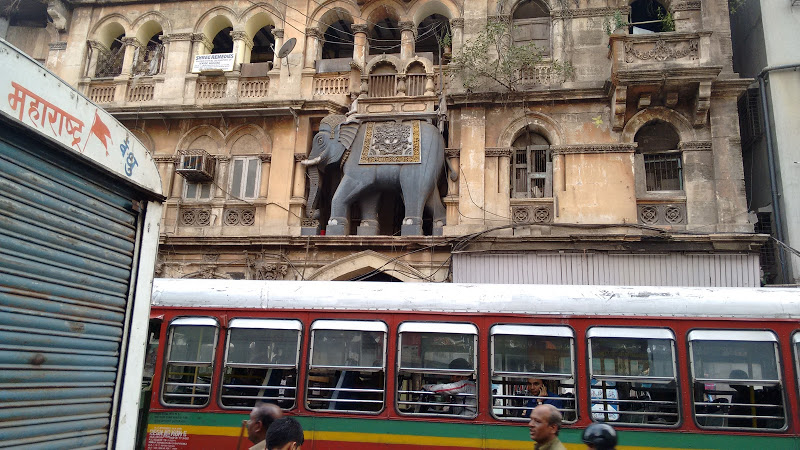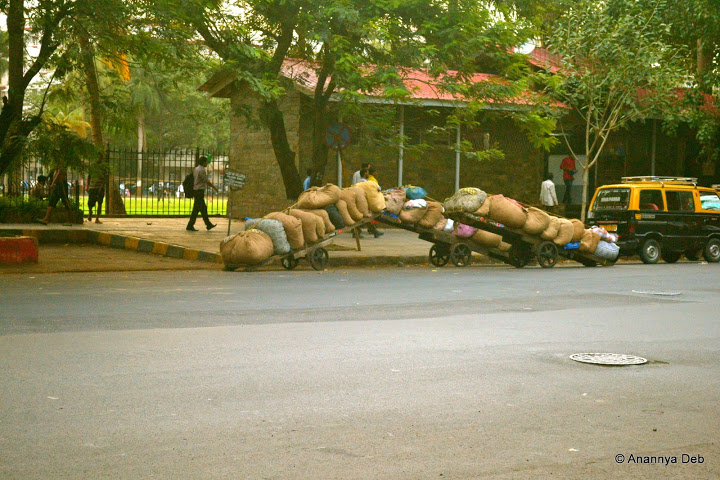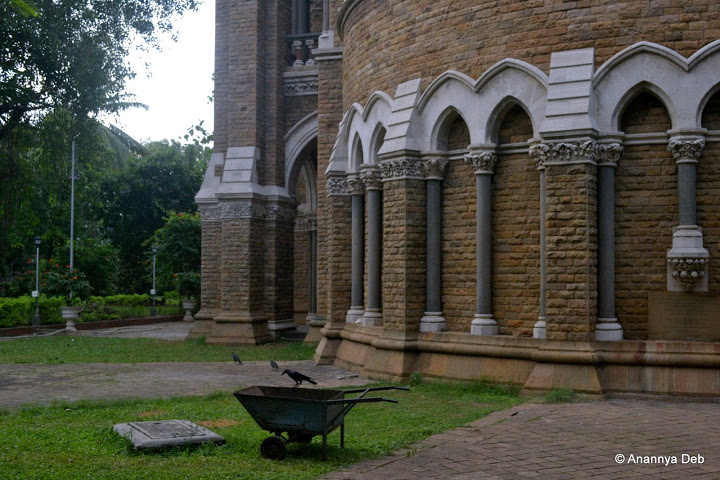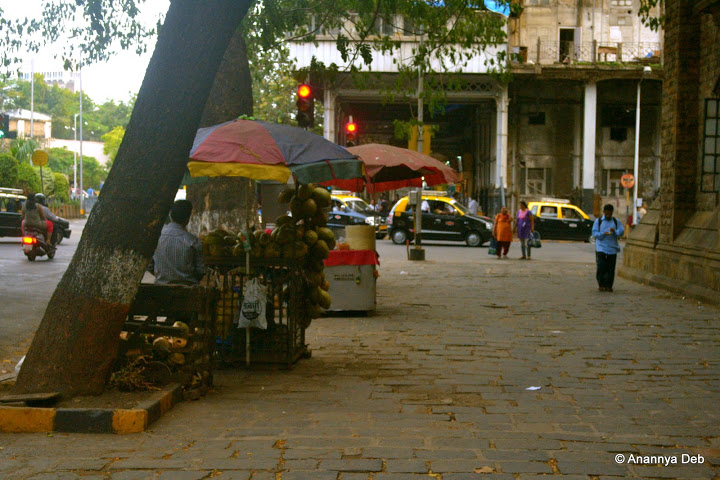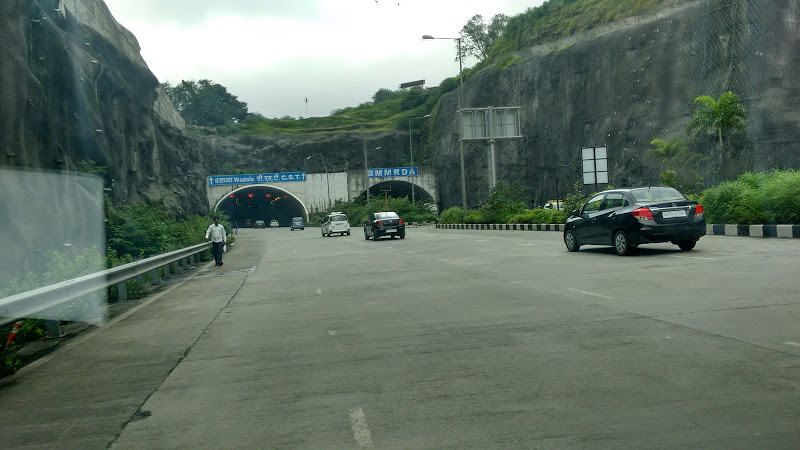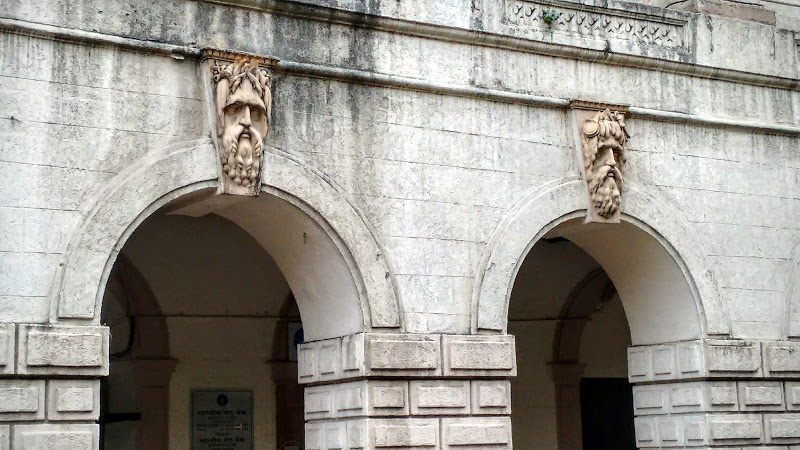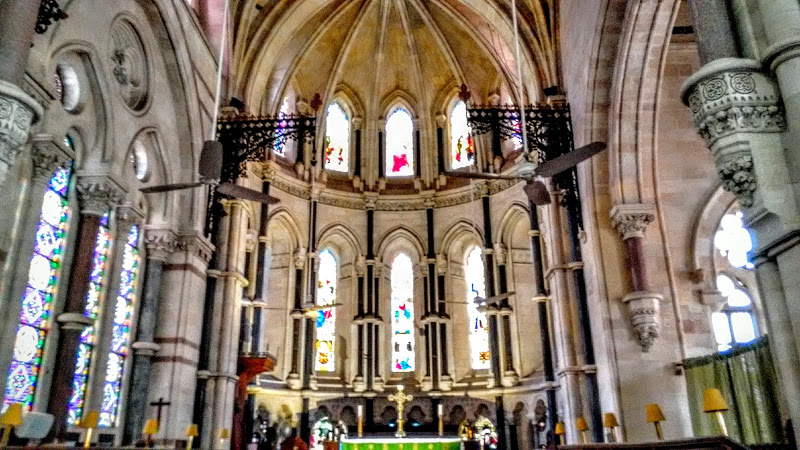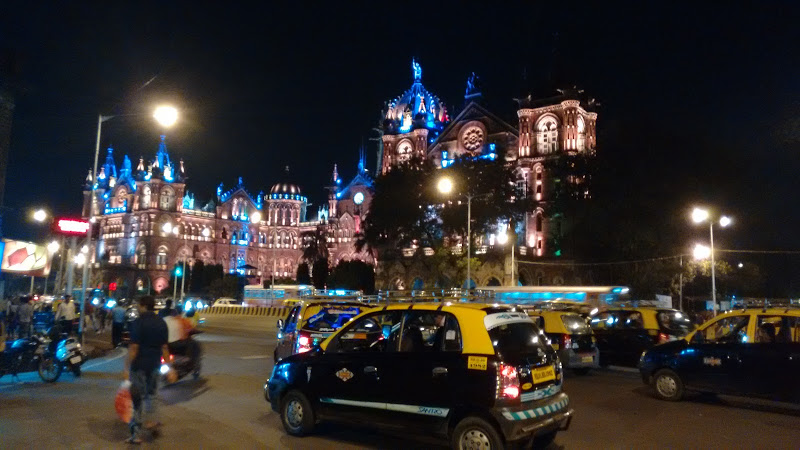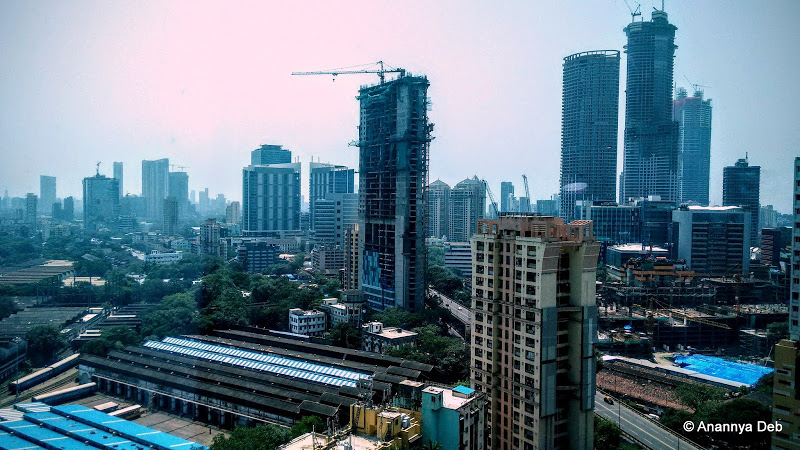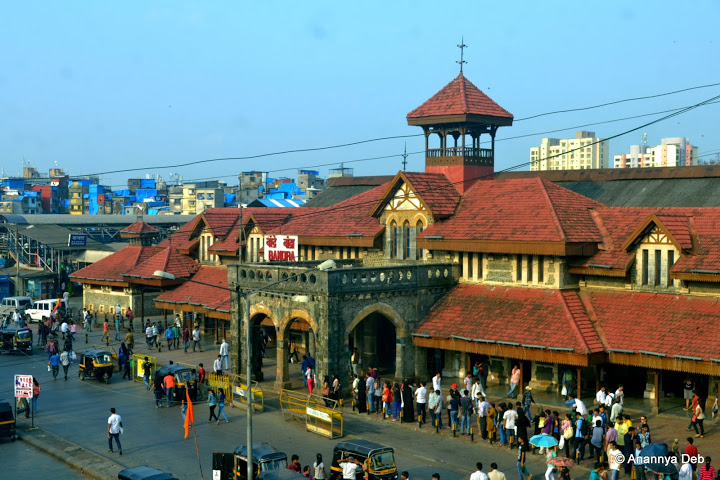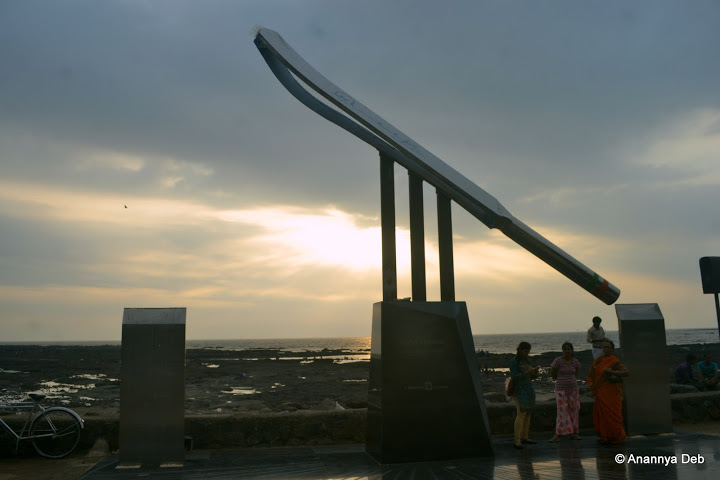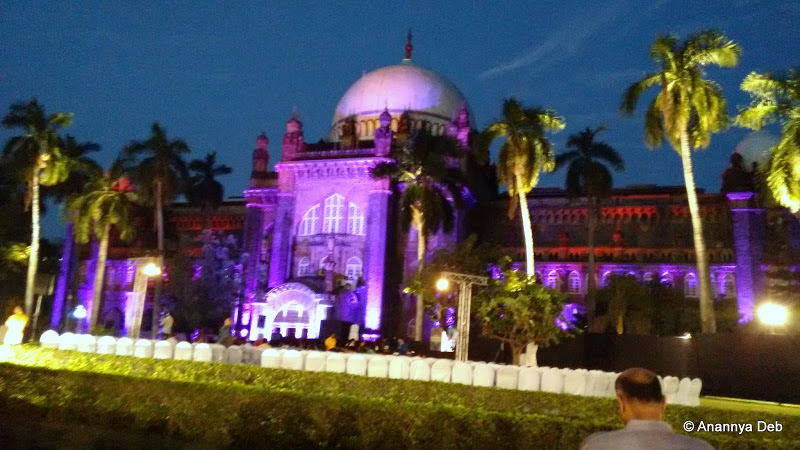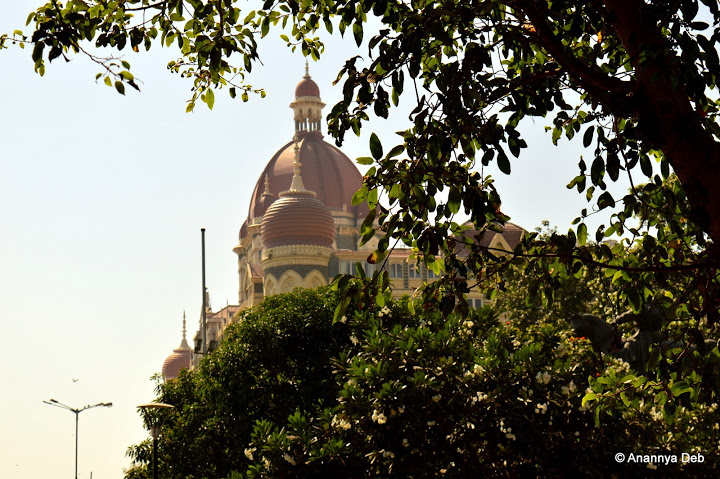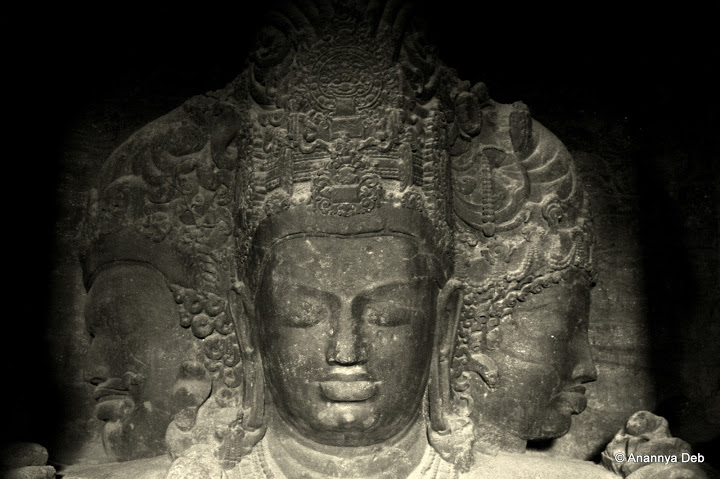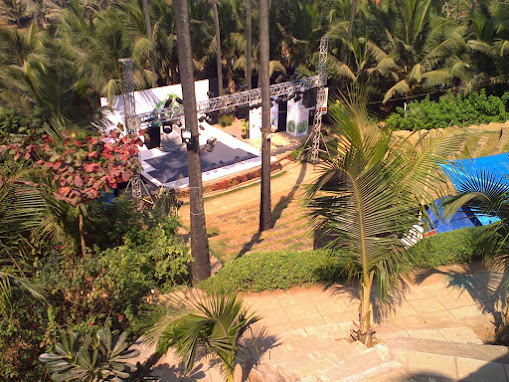It’s now 10 years that I have been doing serious traveling (on work and on pleasure) and capturing those moments on digital cameras for posterity. I recall 10 memorable boat rides in these 10 years. Some rides are quasi commuting / public transport rides, going from one place to another in the quickest way. The others are more relaxed holiday joyrides.
1. Murud Janjira, January 2006
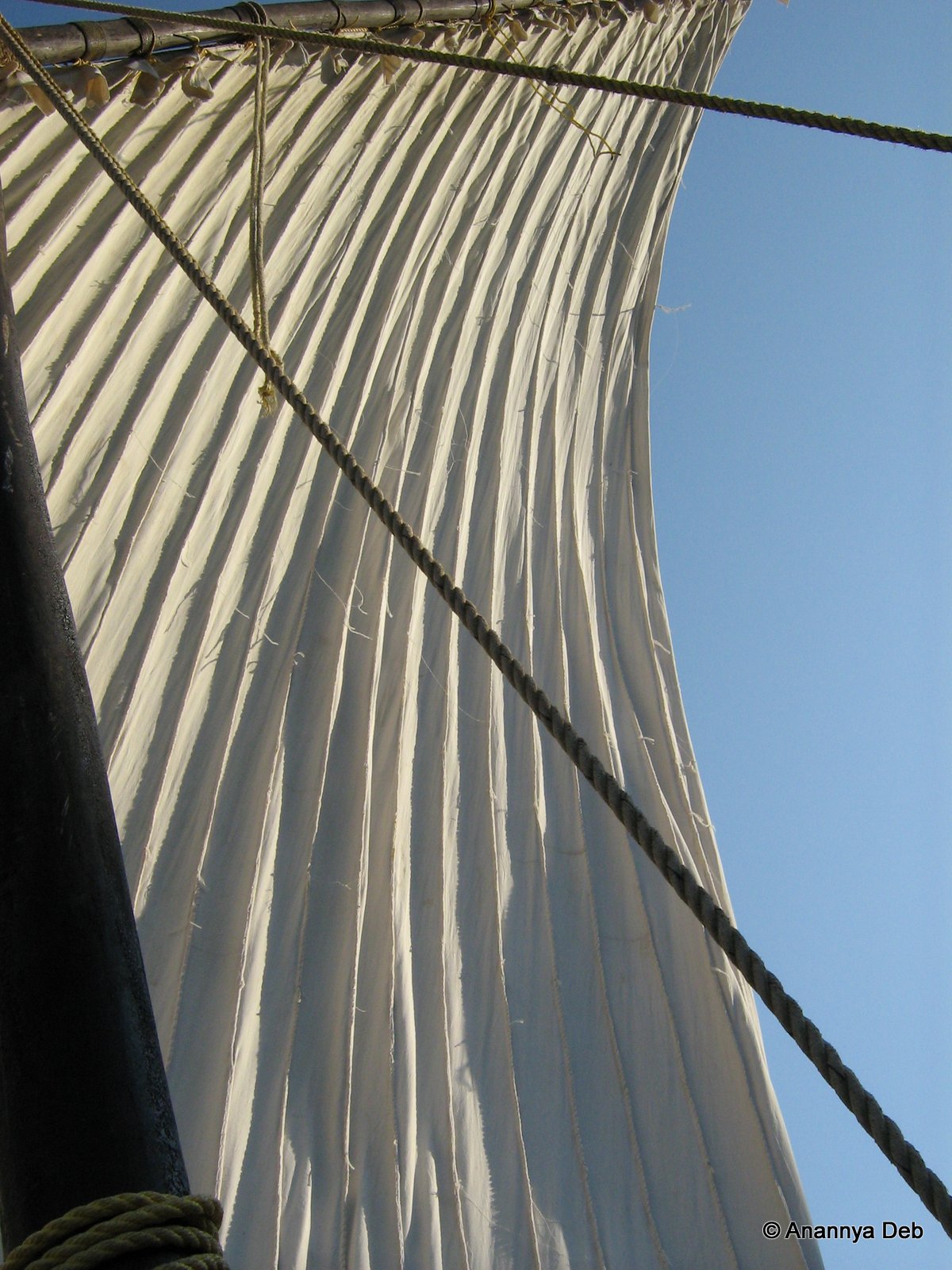 These are dhows, relics of the maritime history of the Indian Ocean. Ever since civilisation grew roots in the Indian Ocean rim – from East Africa, Arabia, Persia and the Indian sub-continent and the islands that dot the ocean – there have been various versions and forms of this simple craft. The Janjira island was an impregnable realm inhabited by Habisis – Abyssinians. These Habisis would have come to India in these very boats, brought in as slave soldiers purchased by the various sultanates in the Deccan. Those who were able to secure their freedom settled here controlling the Arabian Sea and protecting their allies, the same sultanates, from pirates and later the Europeans. Today, descendents of those Habisis operate these boats ferrying tourists from the main land to the fort – doubling up as guides and showing people their lost world.
These are dhows, relics of the maritime history of the Indian Ocean. Ever since civilisation grew roots in the Indian Ocean rim – from East Africa, Arabia, Persia and the Indian sub-continent and the islands that dot the ocean – there have been various versions and forms of this simple craft. The Janjira island was an impregnable realm inhabited by Habisis – Abyssinians. These Habisis would have come to India in these very boats, brought in as slave soldiers purchased by the various sultanates in the Deccan. Those who were able to secure their freedom settled here controlling the Arabian Sea and protecting their allies, the same sultanates, from pirates and later the Europeans. Today, descendents of those Habisis operate these boats ferrying tourists from the main land to the fort – doubling up as guides and showing people their lost world.
2. Hogenakkal, September 2010 
The Cauvery turns into Tamil Nadu from Karnataka. The river breaks into multiple streams and rapids as the waters weave around the rocky terrain. The coracles operated by boatmen here takes one right into the zone. There is a loop that the boatman takes which includes a bit of rock climbing (with boat hanging over the back), jungle trekking and lots of white water paddling.
3. Bangkok, March 2011
 The Chao Praya river traffic is heavy as the traffic on the tar roads of the city. But with a lot of the city’s fine sights lined up on either side of the river, taking the water buses makes for a good joy ride as well as commuting option to go from one location to another.
The Chao Praya river traffic is heavy as the traffic on the tar roads of the city. But with a lot of the city’s fine sights lined up on either side of the river, taking the water buses makes for a good joy ride as well as commuting option to go from one location to another.
4. Luang Prabang, Laos, March 2011
The mighty Mekong winds through the mountains of northern Laos and flows through Luang Prabang, former capital of French occupied Laos. All along the river, there are a number of tourist hops and these long tail boats ferry the tourists upriver and back. Early morning mist covers the mountains and the cool weather of the high altitude zone makes it a very refreshing ride.
5. Kong Lor, Laos, April 2011
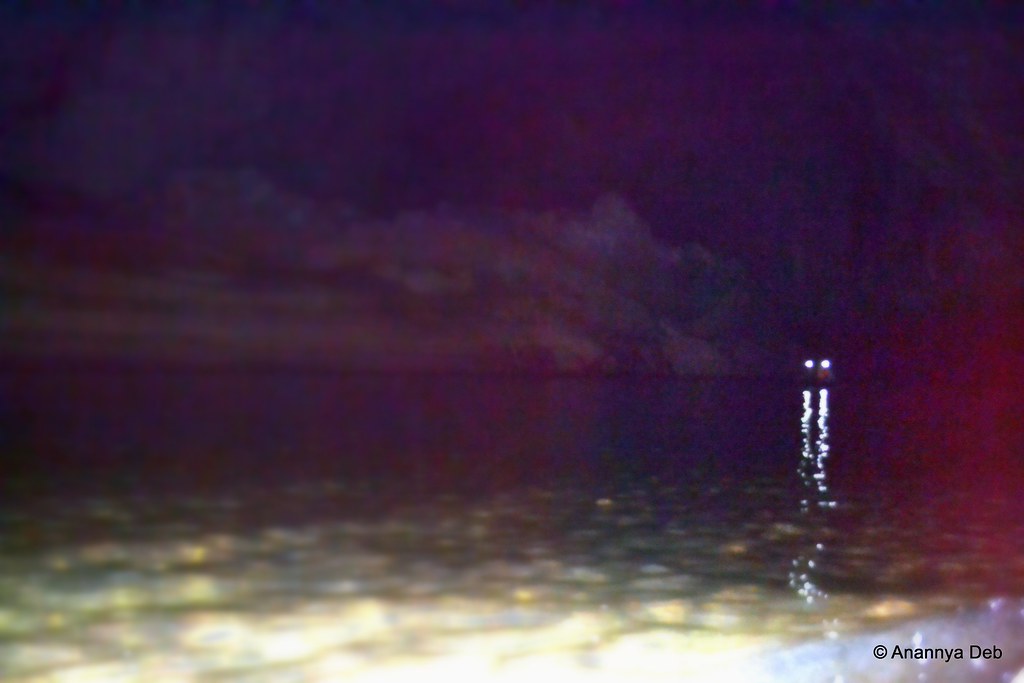 This underground river Hinboun takes one deep into the dark rectum of a Kong Lor mountain. Tiny spots of lights from mobile phone torches and miner helmet lamps give glimpses of gargoyle like limestone formations on the walls. The entire boat ride – upstream and downstream – lasts a good 1 hour. There is no navigation, just follow the water. If you hit a rock, you go around and keep going. April is in the middle of the dry season and the water levels was low. This meant occasionally getting off the boat, wading in ankle deep water tugging the boat over the shoals till it became deeper.
This underground river Hinboun takes one deep into the dark rectum of a Kong Lor mountain. Tiny spots of lights from mobile phone torches and miner helmet lamps give glimpses of gargoyle like limestone formations on the walls. The entire boat ride – upstream and downstream – lasts a good 1 hour. There is no navigation, just follow the water. If you hit a rock, you go around and keep going. April is in the middle of the dry season and the water levels was low. This meant occasionally getting off the boat, wading in ankle deep water tugging the boat over the shoals till it became deeper.
6. Si Phan Don, Laos, April 2011
On the border of Laos and Cambodia, the Mekong spreads out into an area of over 14km in breadth. In the Ganges delta, the land appears and disappears with the tides. Here in Laos, the land appears and disappears with the flooding of the river. Hence, the name Si Phan Don or 4000 Islands. Here, approximately in the middle of the river, where the depth is sufficiently immense, roam the remaining few Irrawaddy Dolphins. From Don Det, the largest of the 4000 islands, one can take a long tail boat and go down to what the locals call the Dolphin stadium. Along the way, you see these trees bent over from the force of the flooded river over the years.
7. Pichavaram, August 2014
 The mangrove forests of Pichavaram have some rare species of trees as well as a range of birds, permanent and migratory. The boat weaves around stands of these trees and visits the inner nooks and corners of the estuary. There’s fish to catch and eat.
The mangrove forests of Pichavaram have some rare species of trees as well as a range of birds, permanent and migratory. The boat weaves around stands of these trees and visits the inner nooks and corners of the estuary. There’s fish to catch and eat.
8. Kochi, April 2015
Ports on the western coast of India have a long saga of maritime history. The ports of Kerala have seen trade ships from all parts of the globe for millennia. The various structures, water craft and random paraphernalia show evidence of all those influences in their design. The Fort Kochi – Ernakulam ferry at 4 bucks is the cheapest way to explore all that history.
9. Hue, Vietnam, November 2015
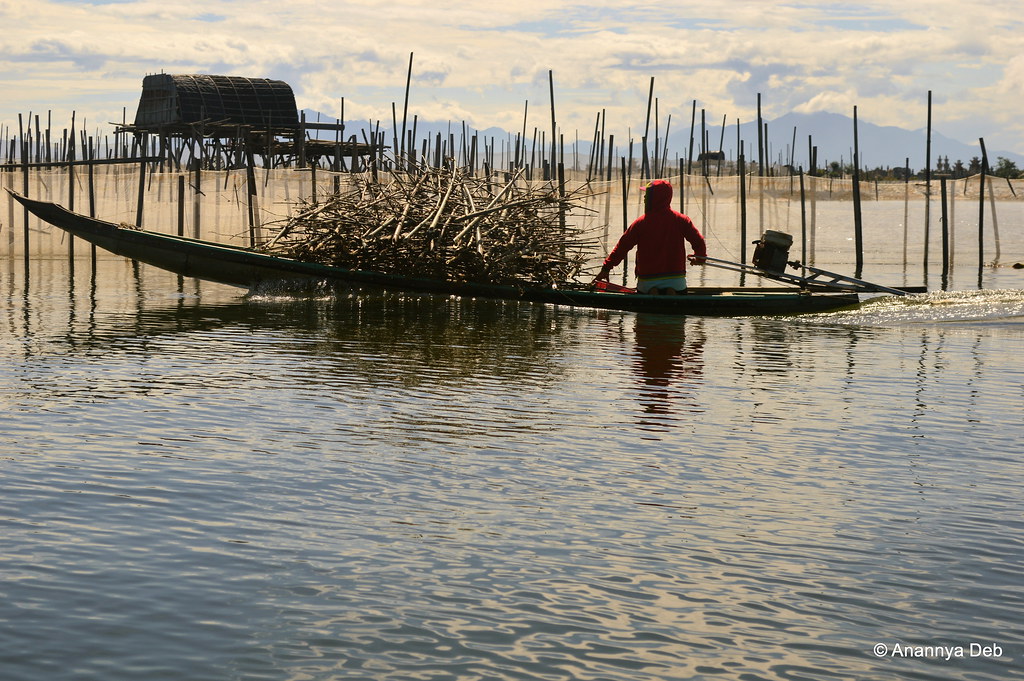 Just outside Hue, separated from the China Sea by large sand bars, lagoons provide fertile water plots for shrimp farming. The skyline is dotted with godowns, watch towers and restaurants (for tourists) built on stilts. Vietnam outside the cities, now that there is no war, is probably one of the most laid back and sleepy parts of the world
Just outside Hue, separated from the China Sea by large sand bars, lagoons provide fertile water plots for shrimp farming. The skyline is dotted with godowns, watch towers and restaurants (for tourists) built on stilts. Vietnam outside the cities, now that there is no war, is probably one of the most laid back and sleepy parts of the world
10. Tonle Sap, Cambodia, November 2015
The Tonle Sap or Great Lake was the primary water source for the Angkor people back in the day. After all the upheaval that the land and its people have gone through, the lake today supports a diverse set of species living in or on it. This includes humans – refugees of all kinds. Homeless people who have lost their lands during the wars; ethnic minority communities chased out by the ruling regimes in Cambodia and Vietnam; migrants who cannot find any shelter in the already impoverished nation; and many others. The floating settlement – houses on stilts, traffic in jolly rowing boats – has taken care of itself with churches, schools, basketball courts, hospitals and their own houses, all floating in the water.
Bonus: Mumbai Harbour, all the time
A boat ride in Mumbai harbour, whether for pleasure or for going across to Elephanta Island, is an experience that rivals rush hour commuting. There’s a million people out there getting into those boats. Boatmen have their safety norms and will not allow more than a certain number. So there is a fight on to take the next boat and be on one’s way. All this is of course great for the sea gulls. Kids and adults throw out pop corn, chips or biscuits for the birds to catch as they are flying. Thus this site of a plume of white seagulls rising around these harbour boats.

